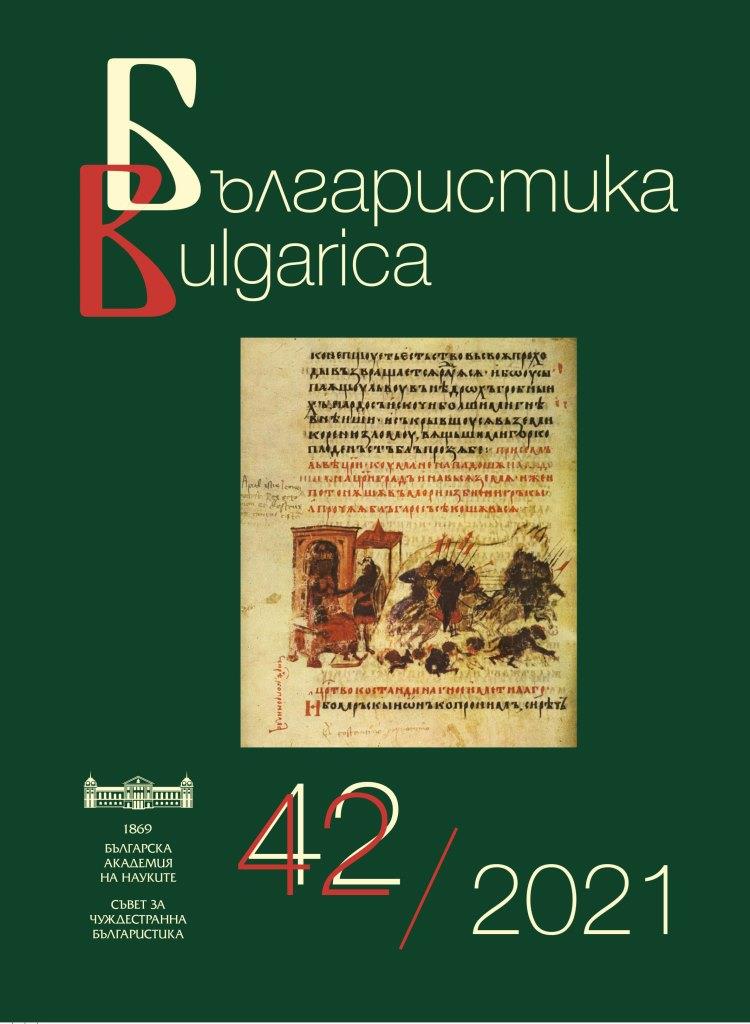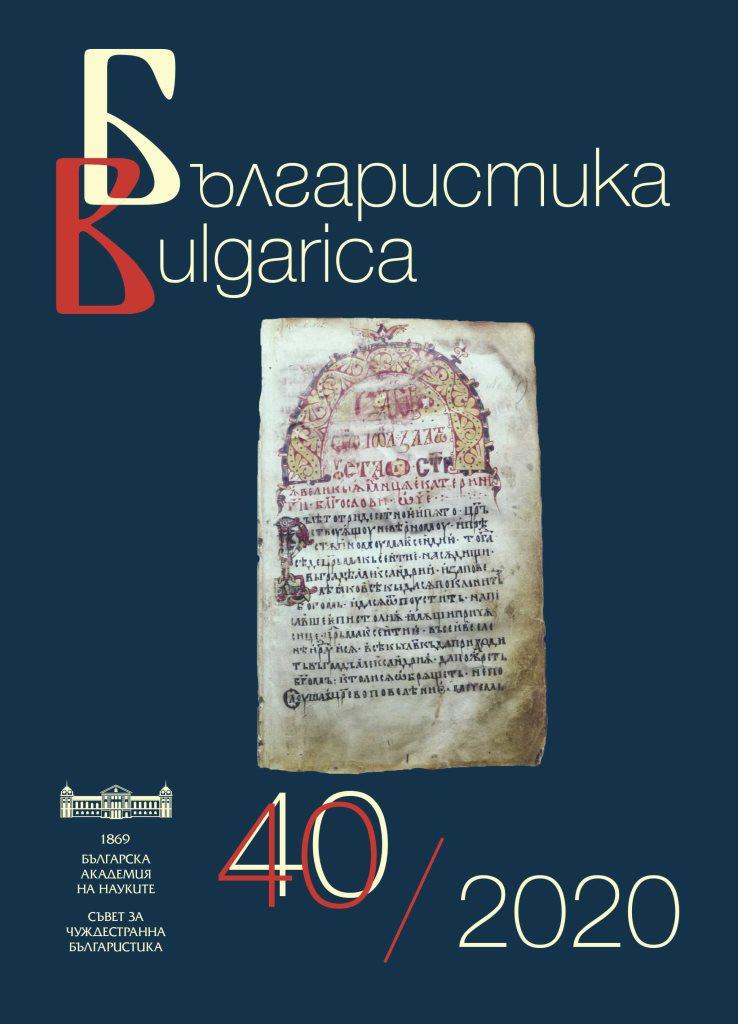
We kindly inform you that, as long as the subject affiliation of our 300.000+ articles is in progress, you might get unsufficient or no results on your third level or second level search. In this case, please broaden your search criteria.


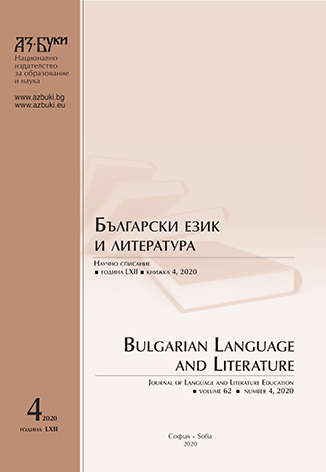

The object of research in this article is the phenomenon of sponsorship in Bulgarian book printing during the Revival, and more specifically in the bilingual phrasebooks. An overview of the printed phrasebooks during the Renaissance is presented, with a focus mainly on French-Bulgarian phrasebook by Ivan Naydenov of 1858, which established itself as a classic example of the genre. Data from a similar study highlights issues related to the Bulgarians' interest in learning foreign languages, their preferences for a particular language and the textbooks through which it is studied, their reception and sponsors.
More...
The article examines Hristo Smirrnenski’s prose poetry. It aims to discuss and remind us about some of his half-forgotten works, to outline their main themes and ideas, the characteristics of the poet’s poetics, but also to discuss the genre specificities, the heterogeneity of the works, the essence of the genre, the process of marking the texts, their interpretation through the prism of literary multiplicity.
More...
The article examines the image of women's hair in Yavorov's poetic cycle "Queens of the Night". The focus is on the poems “Cleopatra” and “Sappho”. They analyze the erotic symbolism that hair has. The text also outlines the dialogue between the Yavorov’s cycle and the cycle "Queens of the Night" by Kiril Hristov, mentioning similarities between the two poetic cycles. The image of “Cleopatra” is also traced in the works of poets Emanuil Popdimitrov and Lyudmil Stoyanov. The article very briefly marks the genesis of Bulgarian erotic poetry, as well as the apologization of women's hair in Yavorov's poetry, which are most vividly presented in his poem "Sappho".
More...
Defended PhD theses in Bulgaria in the field of linguistics, literature, history, folklore, ethnography and art studies
More...
Data about scientific events in the field of the humanities in Bulgaria in the current year
More...

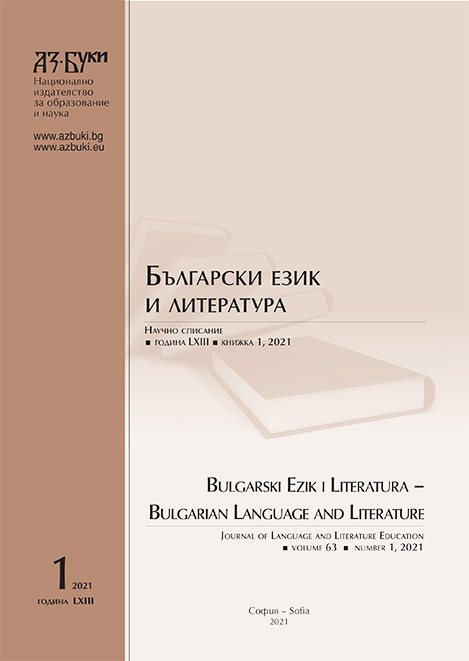
Through comparative and content analysis, the article discusses the ways in which Byron's poem "Don Juan" is presented in the new textbooks for ninth grade. Numerous explanations and references, as well as the unusual for the myth of Don Juan choice of the obligatory for study of Chapter VIII, require from the authors of the textbooks very careful handling of the scientific and didactic-methodical apparatus. When an approach in accordance with the literary experience of ninth-graders is not chosen, the study articles have a low informative value. The known discrepancies in the analyzed motives make it difficult to compile tests that can be correctly solved by students using different textbooks. In some cases the tasks from the methodical part do not create skills for independent learning, but require repetition of what is written in the theoretical part. Textbooks fail to realize interdisciplinary connections
More...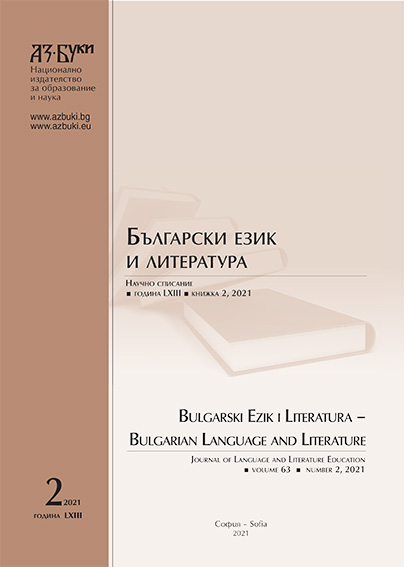
About Ivan Vazov everything seems to have been researched, written and published. Among the many literary criticisms devoted to his life and work, as well as documentary publications, the relationships with his translators and foreign publishers, to whom I believe we have a cultural and moral duty, are very rarely mentioned. However, the correspondence between him and the Croat Fran Gundrum-Oriovac stands out among all. No one else has translated as many of Vazov's works as this Croatian writer. Unfortunately, the acquaintance with Fran Gundrum's archive is indirect, but I would venture to focus on his translation practice, the regulation of relations between the two, their long-term cooperation and the reception of Vazov's work in Croatia. The proposed interpretation of the “File” does not claim to exhaust the relationship between the two. Our task is based on the personal correspondence published in Volume 10 of the Bulletin of the Institute of Literature of the Bulgarian Academy of Sciences in 1961 between Dr. Fran Gundrum and Ivan Vazov – to try to reconstruct the translation and publishing strategies of Fran Gundrum.
More...
The focus of the research is the discovery of one of the less-known Bulgarian intellectuals of the nineteenth century – Rada Kirkovich, who lived nearly a century (1848, Koprivshtitsa – 1941, Sofia). Her public presence as a teacher, public figure and writer is an important example of the gradual displacement of a woman from the marginal sphere and the breaking of patriarchal stereotypes in Bulgarian society. The article consistently focuses on the letters, memoirs and solemn words of the Revival teacher R. Kirkovich, which testify precisely to the changes in the cultural and political situation during the Bulgarian National Revival. Some of the materials reviewed and analyzed are from the personal archive of Nayden Gerov (Fund 22 of the National Library – Bulgarian Historical Archive). In this library are kept unpublished and unexplored letters (F. 22, I, a.u. 190, l. 1 – 29) of Rada Kirkovich , as well as one of her triumphant speeches on the feast of the Annunciation. (F. 22, I, a.u. 595, 29 – 32b). These entries prove to be productive and not so timid and modest and show the entry point of the educated woman within the strictly regulated limits of the Revival publicity.
More...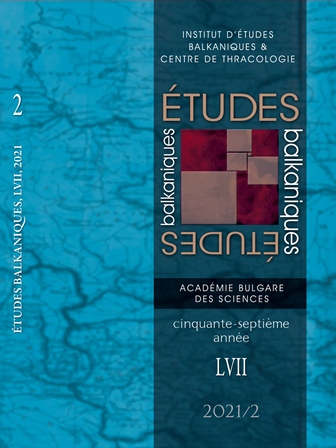
The aim of this paper is to provide a starting point for a comparison between the four edited versions of the Palaea Historica: the Greek one, the first Slavonic translation, the Romanian translation and the recently published second Slavonic translation. The four versions diverge from the very beginning, with the Greek and the first Slavonic translation providing a discussion on the Holy Trinity before moving on to God’s creation of the world, whereas the Romanian version omits the theological introduction and expands the cosmogonical portion with a paraphrase of Epiphanius’ Hexaemeron. The second Slavonic translation omits the entire description of the six days of creation in order to focus on Adam and the symbolic importance of his name. Another point of interest is the treatment of a fragment condemning the heretical view that Satan was Cain’s father, which is not conserved in the first Slavonic version and the Romanian versions.
More...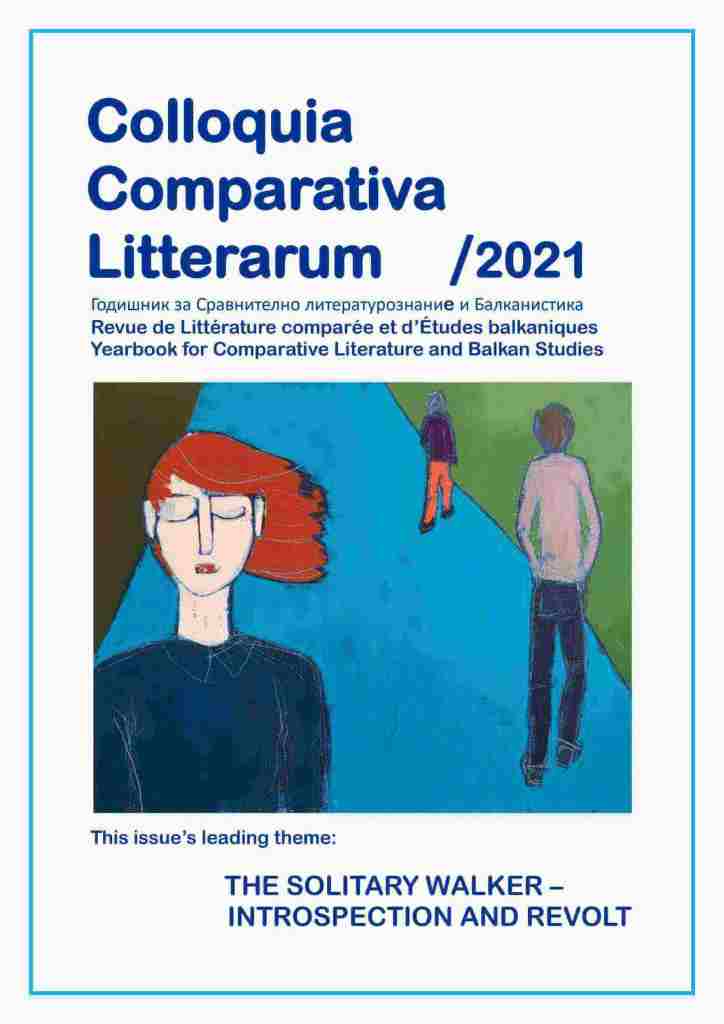
The Strange Knight of the Sacred Book is a novel by Anton Dontchev, a Bulgarian author, published in 1998 in Bulgaria and translated in France in 1999. It tells how, around 1218-1219, the secret Book of the Bulgarian Bogomils arrived in France to their Albigensian brothers, in Languedoc, in Occitan country. It is inspired by numerous readings of epic and courtly literature of the thirteenth century, in Latin and French, in the languages of oc and oïl, and more recent, historical and literary sources, of the nineteenth and twentieth centuries. There are also references to medieval tapestries, to 15th century religious paintings, Italian, Spanish or Portuguese, and to modern, English and French painters of the 19th and 20th centuries. It is a singular, Bulgarian look, rare in modern literature, and devoted to the history of the crusade carried out at the beginning of the 13th century, in Occitania, against the Albigensians. It is a long solitary, pseudo-autobiographical reverie, a long return to oneself nourished by past adventures, intimate thoughts and moral and spiritual reflections of the narrator: a French knight, at first a crusader, later a rebel against the papacy and the Inquisition.
More...
The article compares two fiction books by the Romanian author Ana Blandiana and fellow Bulgarian writer Teodora Dimova. As the analysis reveals the books share a lot of similarities in their approach to the “totalitarian experience”. In these literary works, we can see how through the child’s viewpoint the two female writers show different solutions in times of crises and harrowing circumstances. In summary, Blandiana and Dimova demonstrate in a brilliant aesthetic way the endless possibilities of literature to find salvation even in tragic accidents, and an exit from exile.
More...
In the 1920s and 1930s, the theory of the novel started becoming visible in the texts of novels themselves. This article examines novels with experimental narrative structures, comparing for the first time Bulgarian, Romanian, and French texts that tried new literary ‘cuts’. These writers discussed the role of the narrator throughout the text itself, either in their own name or through the narrator’s voice. They declared a search for authenticity and sought the connection of literature with another ‘fashionable tailor’: Cubism in art. It became apparent that these Modernists displayed a negative attitude towards Paul Bourget, a French writer who had at the time ‘cut out’ an emblematic figure of a successful European novelist. An increased interest in America and the Americans – in a tentative mixture of admiration or rejection – could also be observed in these novels.
More...